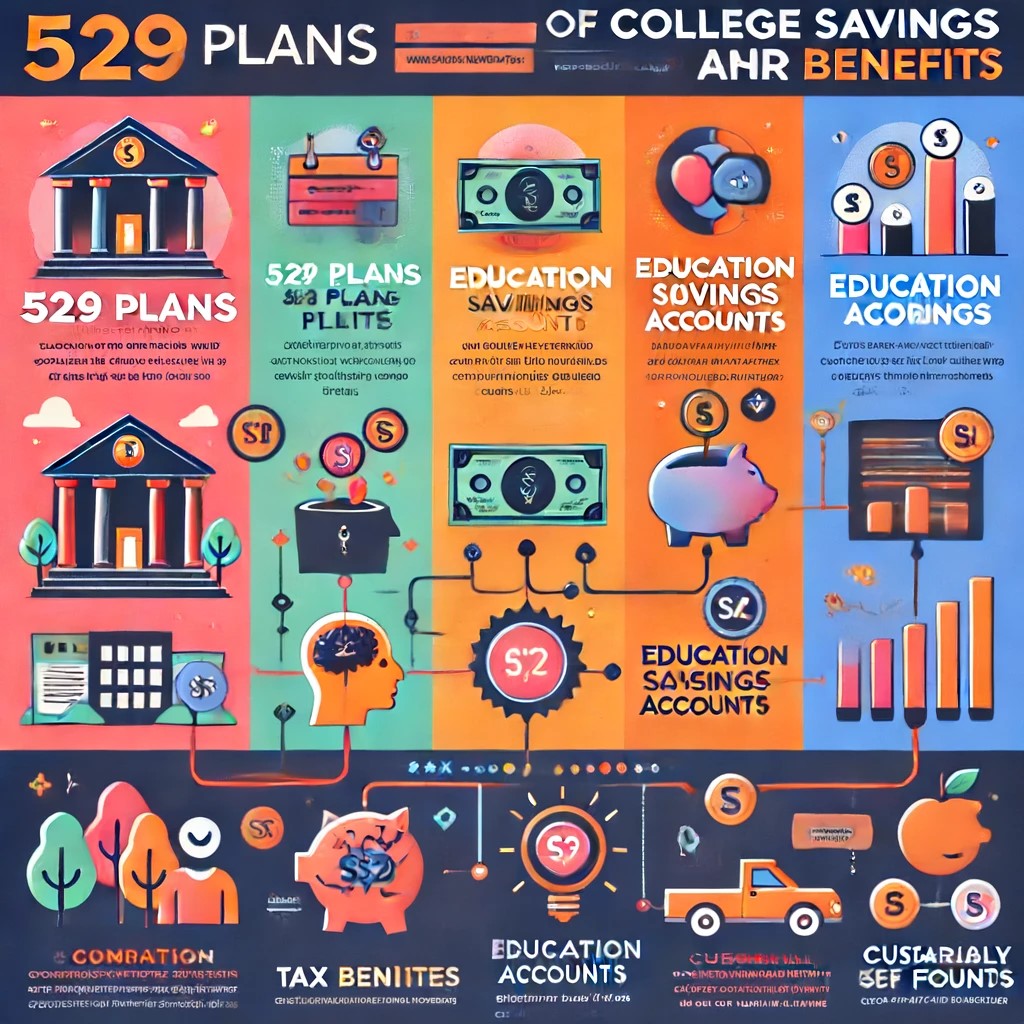In the face of rising tuition costs and the increasing importance of higher education, financial planning for college has become a critical consideration for families worldwide. Effective strategies and planning can help alleviate the financial stress associated with funding higher education. This article examines the best practices for saving for college, current trends in saving strategies, and future predictions affecting college savings.

Understanding College Savings Plans
One of the most popular methods to save for college is through dedicated savings plans. These include:
529 Plans: These tax-advantaged savings plans are operated by states or educational institutions, designed specifically for saving for future college costs. Contributions grow tax-deferred and withdrawals are tax-free when used for qualified education expenses.
Education Savings Accounts (ESAs): Like 529 plans, ESAs offer tax-free earnings growth and tax-free withdrawals when the funds are used for education expenses. However, they have lower contribution limits and more restrictions regarding income and age.

Current Trends in College Savings
1. Increasing Costs: The cost of higher education continues to rise, outpacing general inflation by a significant margin. This trend has made early and aggressive saving for college more important than ever.
2. Shift Towards Online Learning: The recent pandemic accelerated the adoption of online learning platforms. This shift has started to influence the broader educational landscape, potentially moderating future tuition increases as online courses offer more scalability than traditional on-campus programs.
Techniques for Effective College Savings
1. Start Early: The earlier you start saving, the more time your money has to grow due to the power of compound interest. Starting when a child is young can significantly reduce the financial burden as they approach college age.
2. Involve Family: Grandparents and other relatives can contribute to a child’s 529 plan or open one on their behalf. Gifts to 529 plans qualify for the annual federal gift tax exclusion, making it an attractive option for family members to help fund a child’s education.

Future Predictions for College Savings
1. Regulatory Enhancements: Future legislative changes may enhance the benefits of saving for college. Potential changes could include higher contribution limits for savings plans, additional tax incentives, or even new types of savings accounts tailored for education.
2. Increasing Use of Technology: Financial technology will continue to play a significant role in college savings. Robo-advisors and online platforms will make managing and tracking education funds more accessible and efficient.
3. Greater Focus on Financial Literacy: As the complexity of financing higher education increases, so does the emphasis on financial literacy. Schools and communities are likely to invest more in educating young people and their families about managing finances and planning for future education costs.
Conclusion
Saving for college is a daunting task for many families, but with strategic planning and utilization of available resources, it is achievable. By understanding the current landscape and anticipating future trends, families can make informed decisions that enable them to meet their educational funding goals effectively.


